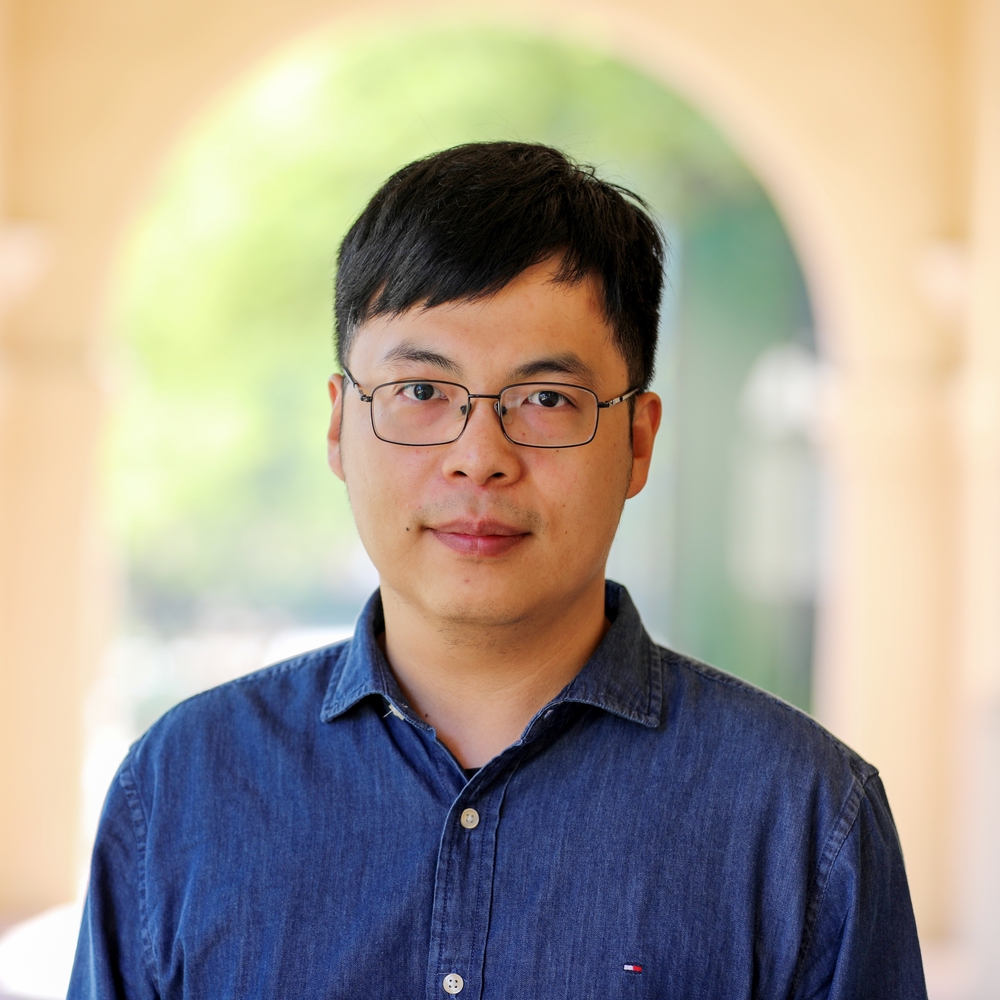Abstract
We present photoacoustic computed tomography through an ergodic relay (PACTER), a method for single-shot 3D imaging of hemodynamics using a single-element detector. Our approach allows for ultrafast volumetric imaging at kilohertz rates without the need for numerous detector elements. We demonstrate PACTER in both human and small animal subjects, emphasizing its potential utility in early detection and monitoring of peripheral vascular diseases. Our single-element detector design aims to offer a more convenient and potentially affordable option, while the concept could also be relevant to other imaging technologies, contributing to various applications in medical imaging.
Publication
SPIE Photonics West 2024, San Francisco, California USA

Assistant Professor of ECEE and BME
I am an Assistant Professor of Electrical, Computer & Energy Engineering (ECEE) and Biomedical Engineering (BME) at the University of Colorado Boulder (CU Boulder). My long-term research goal is to pioneer optical imaging technologies that surpass current limits in speed, accuracy, and accessibility, advancing translational research. With a foundation in electrical engineering, particularly in biomedical imaging and optics, my PhD work at the University of Notre Dame focused on advancing multiphoton fluorescence lifetime imaging microscopy and super-resolution microscopy, significantly reducing image generation time and cost. I developed an analog signal processing method that enables real-time streaming of fluorescence intensity and lifetime data, and created the first Poisson-Gaussian denoising dataset to benchmark image denoising algorithms for high-quality, real-time applications in biomedical research. As a postdoc at the California Institute of Technology (Caltech), my research expanded to include pioneering photoacoustic imaging techniques, enabling noninvasive and rapid imaging of hemodynamics in humans. In the realm of quantum imaging, I developed innovative techniques utilizing spatial and polarization entangled photon pairs, overcoming challenges such as poor signal-to-noise ratios and low resolvable pixel counts. Additionally, I advanced ultrafast imaging methods for visualizing passive current flows in myelinated axons and electromagnetic pulses in dielectrics. My research is currently funded by the National Institutes of Health (NIH) K99/R00 Pathway to Independence Award.